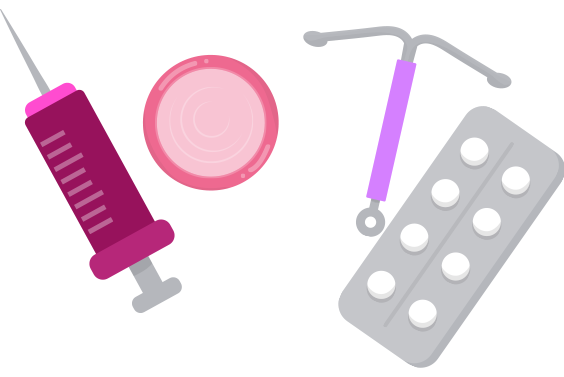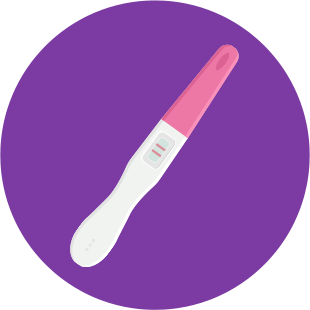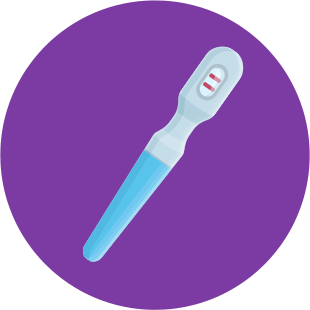



Pills contain estrogen and progestin to prevent ovulation and pregnancy
Enhance comfort and intimacy with water-based lubricants, designed for a smooth, pleasurable experience

Trust your results with reliable pregnancy test kits, offering quick and accurate detection

Track your fertility with precision using easy-to-use ovulation test kits for accurate cycle insights



Discover the Latest Research
on Sexual Health and Wellness

A copper IUD (intrauterine device) is a long-acting reversible contraceptive made of small, flexible plastic device wrapped in copper that provides up to ten years of protection against pregnancy. Inserted into the uterus by a doctor or healthcare provider, it is made of high-quality materials, ensuring its safety for long-term use.
IUD is 99% effective, meaning only 1 out of 100 women might get pregnant in a year.
Once inserted, there is no need to manage it daily or during sexual activity
Fertility quickly returns to normal after the IUD is removed
Can last up to 10 years
Insertion can cause cramping or discomfort, especially for those with a sensitive cervix
IUDs do not protect against sexually transmitted infections; additional protection like condoms is needed

A condom is a thin, flexible barrier made of latex, polyurethane, or other materials designed to be worn during sexual intercourse. Its primary purpose is to prevent pregnancy and reduce the risk of sexually transmitted infections (STIs).
When used correctly and consistently, condoms are about 98% effective at preventing pregnancy, meaning only 2 out of 100 women might get pregnant in a year.
Reduces risk of STIs including HIV, gonorrhea, and chlamydia
Available over-the-counter without a prescription
Different types, sizes, and textures available
Needs proper storage and handling to avoid damage
Condoms can’t protect against human papilloma virus (HPV), herpes simplex virus (HSV), trichomoniasis, syphilis, and molluscum contagiosum

Quizzes inspired by:
